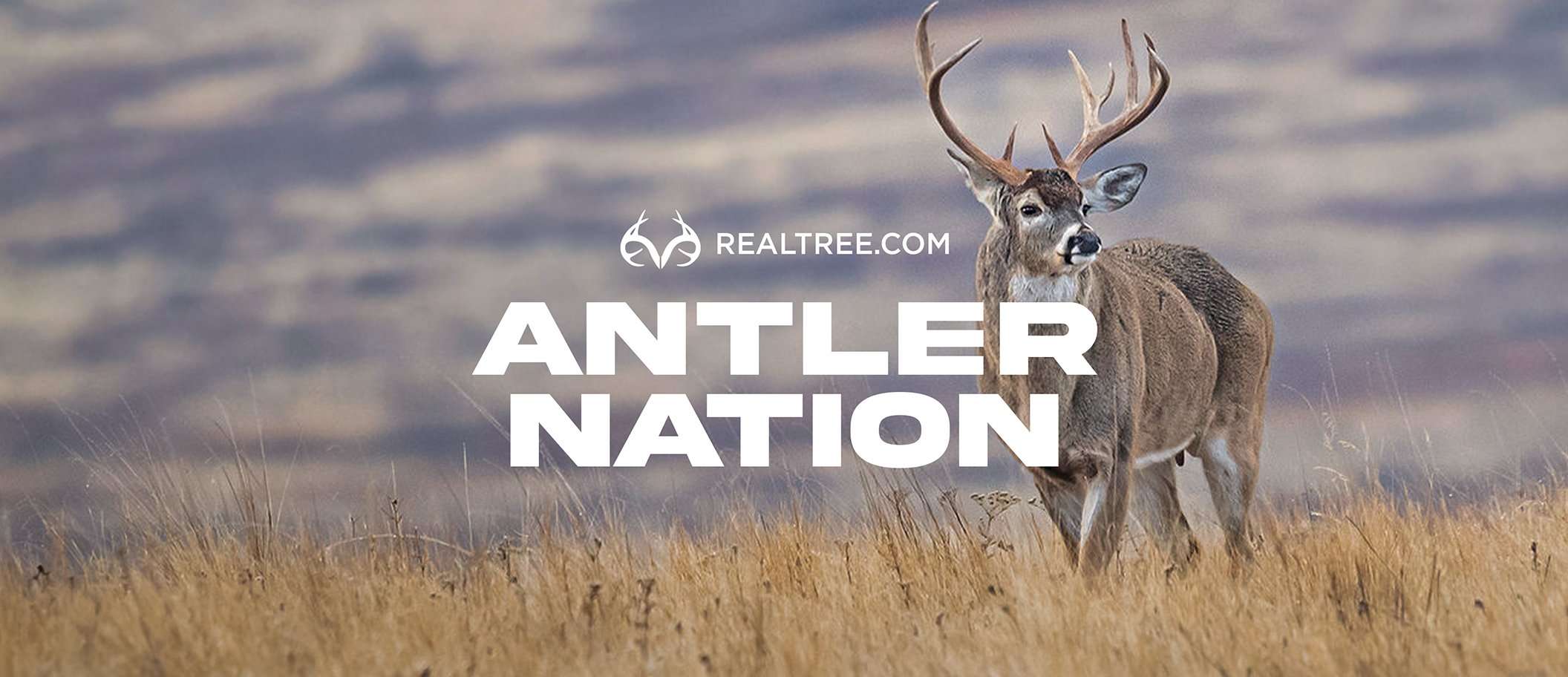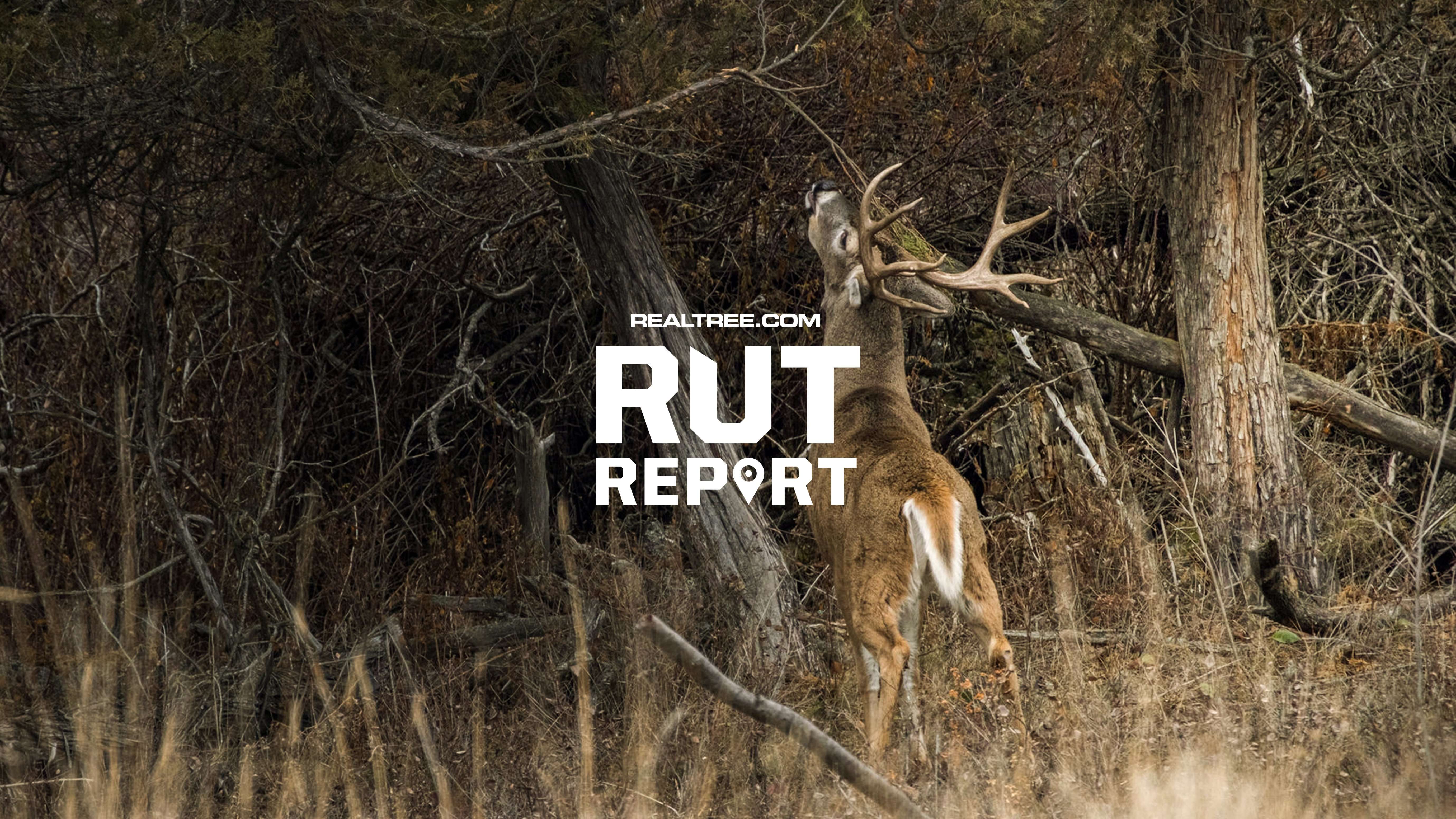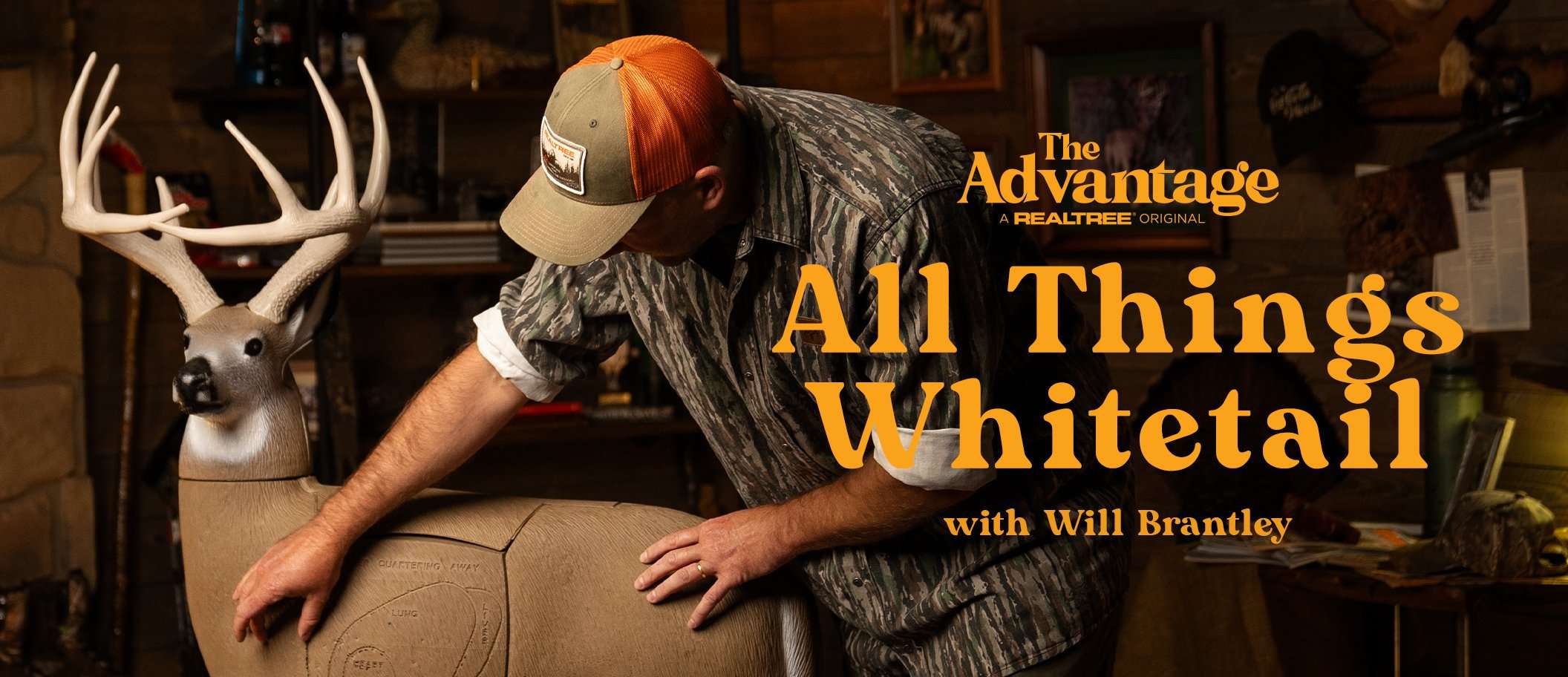The modifications, which will affect hunters this fall, are designed to manage and monitor the deadly disease while lowering deer densities in counties with high populations

If you’ll be deer hunting in Kentucky this fall, be sure to study the regulation book for some new CWD-related regulation changes. Photo by Guy J. Sagi.
Wildlife managers across North America are constantly battling the spread of chronic wasting disease. This fall, the Kentucky Department of Fish and Wildlife Resources will be implementing major changes to their CWD response plan, the biggest being a repeal of baiting bans and a new September rifle season for antlerless deer in CWD Surveillance Zones.
DON’T MISS: Realtree Opposes Sale of Public Lands
Many parts of the current KDFWR CWD response plan remain essentially unchanged, including mandatory testing requirements during the first three days of modern rifle season and restrictions on moving deer carcasses and high-risk parts, like spinal columns, outside of surveillance zones. Yet, the KDFWR has lifted a previous ban on baiting in all surveillance zone counties. Deer harvests dropped significantly in the first surveillance zone counties in western Kentucky after the response plan, including a baiting ban, was implemented there in 2021. The KDFWR hopes that relaxing that regulation will help and encourage hunters to shoot more deer and lower densities. Bait must not be presented to deer using contact feeders, such as troughs, funnels, and gravity feeders, and baiting is illegal statewide between March 1 and July 31. Baiting and feeding remain illegal year-around on state wildlife management areas.
DON’T MISS: The Lever-Action Rifle Revival
Another practice aimed at reducing deer densities is a new antlerless-only gun season scheduled for Sept. 27 and 28, again, effective only in CWD Surveillance Zone counties. The heads of deer harvested during the season must be brought to a CWD sample drop-off site for testing. Hunters must avoid harvesting bucks with visible antlers during that two-day season.
Though CWD hasn’t proven to be contagious to humans, the KDFWR and the U.S. Centers for Disease Control and Prevention suggest not consuming the meat of animals that have tested CWD-positive. CWD is a deadly neurological malady that afflicts cervids with abnormal proteins called prions. It was first detected about 60 years ago in a captive Colorado mule deer herd, and CWD is a frequent topic among deer hunters. Common control practices include baiting bans, mandatory testing, stricter carcass-transportation regulations, and aggressive herd reduction in some areas, but CWD is detected in new areas each year.
Click here for more information about CWD, the surveillance zone, and the KDFWR’s CWD response plan.












